Помидоры после высадки: советы по уходу и поддержке
After the tomato has been planted, it's essential to provide it with optimal growing conditions. This includes ensuring that the soil is well-draining and has a pH level between 6.0 and 7.0. Tomatoes are heavy feeders, so make sure to fertilize them regularly with a balanced fertilizer. Also, be mindful of the amount of sunlight your tomato plant receives, as it needs at least six hours of direct sunlight per day.
One of the most crucial factors in growing healthy tomatoes is watering. Avoid overwatering, as this can lead to root rot and other diseases. Instead, aim for consistent moisture levels by watering your plants deeply but infrequently. Mulching around the base of the plant can help retain moisture and suppress weeds.
Tomato plants are prone to pests such as aphids, whiteflies, and hornworms. Regularly inspect your plants for signs of infestation and take action quickly if you notice any issues. Spray your plants with insecticidal soap or neem oil to control the problem. Also, keep an eye out for fungal diseases like early blight and septoria leaf spot.
Отвёртные деликатесы из Помидоров: рецепты и советы
Tomato plants can be quite sensitive to temperature fluctuations. Most varieties prefer daytime temperatures between 65-75°F (18-24°C) and nighttime temperatures around 55-65°F (13-18°C). Avoid exposing your plants to frost or extreme heat, as this can cause damage or even kill the plant.
Supporting tomato plants is crucial for their development and fruit production. Use tomato cages, trellises, or stakes to keep the vines off the ground and promote vertical growth. This will help prevent disease spread and improve air circulation around the plant.
When pruning your tomato plants, remove any weak or spindly growth to encourage bushy growth and more fruiting sites. Remove lower leaves as well to prevent fungal diseases from spreading upwards. Pruning also helps control the overall size of the plant and promotes better air circulation.
Tomato fruits can be prone to cracking due to uneven ripening, overwatering, or sudden changes in temperature. To avoid this issue, ensure consistent watering and provide support for the fruit as it grows. Harvest your tomatoes regularly to encourage the plant to produce more fruit.
почему помидоры не растут: советы по уходу
Some tomato varieties are bred specifically for container growing, while others require more space. Make sure to choose a variety that suits your available space and growing conditions. For containers, use well-draining potting mix and avoid overwatering.
Белые пятна на листьях помидоров: как их предотвратить
Tomato plants can be grown vertically using a trellis or wall-mounted planter. This will not only save space but also improve air circulation and reduce the risk of disease spread. Train the vines to grow upwards by gently twining them around the support.
One common issue with tomato plants is blossom end rot, which occurs when the fruit does not receive enough calcium. To prevent this, ensure your soil has sufficient calcium levels, and avoid overwatering. If you notice any signs of blossom end rot, remove affected fruit to prevent further spread.
Tomato varieties can be broadly classified into two main categories: determinate and indeterminate. Determinate tomatoes are bushy and produce most of their fruit at once, while indeterminate tomatoes are vining and produce fruit continuously throughout the growing season.
Как выбрать идеальный момент для рассадки помидоров: советы опытных садоводов
Для получения высокоурожайных и здоровых помидоров в теплице необходимо обеспечить правильную подкормку. В период после высадки томатов используют минеральные и органические удобрения.
Кроме того, для улучшения урожая помидоров в теплице рекомендуется использовать следующий состав:
- Азотистые удобрения: 20-30 г/м² на этапе прорастания, 15-20 г/м² на этапе формирования плодов.
- Фосфорные удобрения: 10-15 г/м² на этапе прорастания, 5-10 г/м² на этапе формирования плодов.
- Калийные удобрения: 20-30 г/м² на этапе прорастания, 15-20 г/м² на этапе формирования плодов.
Также рекомендуется использовать органические удобрения, такие как компост, навоз или перегной. Они помогут улучшить структуру почвы и обеспечат здоровье растений.
Важно не забывать о регулярном поливе помидоров в теплице, а также о удалении сорняков и болезней. В случае пожелтения томатов рекомендуется использовать натуральную подкормку, содержащую микроэлементы и витамины.
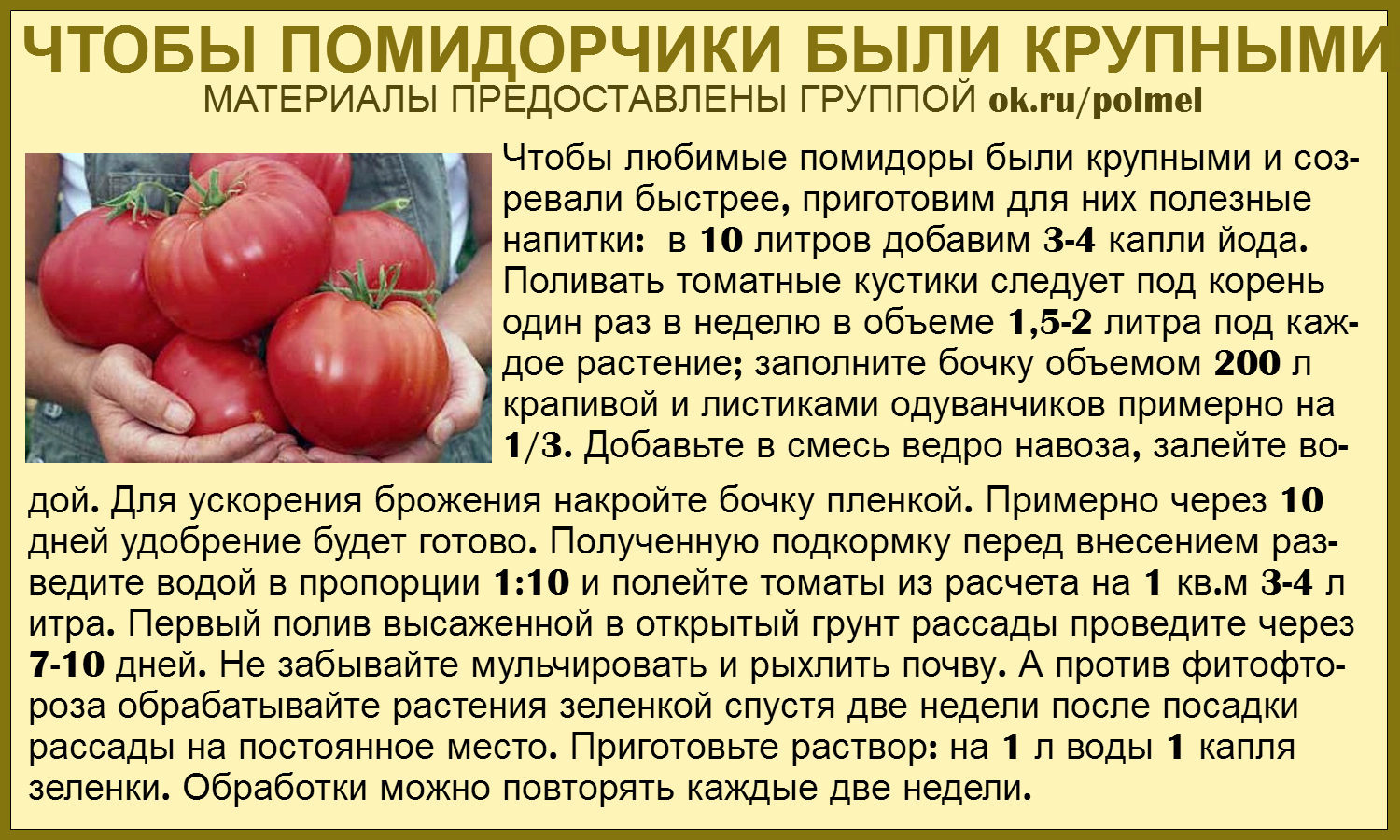


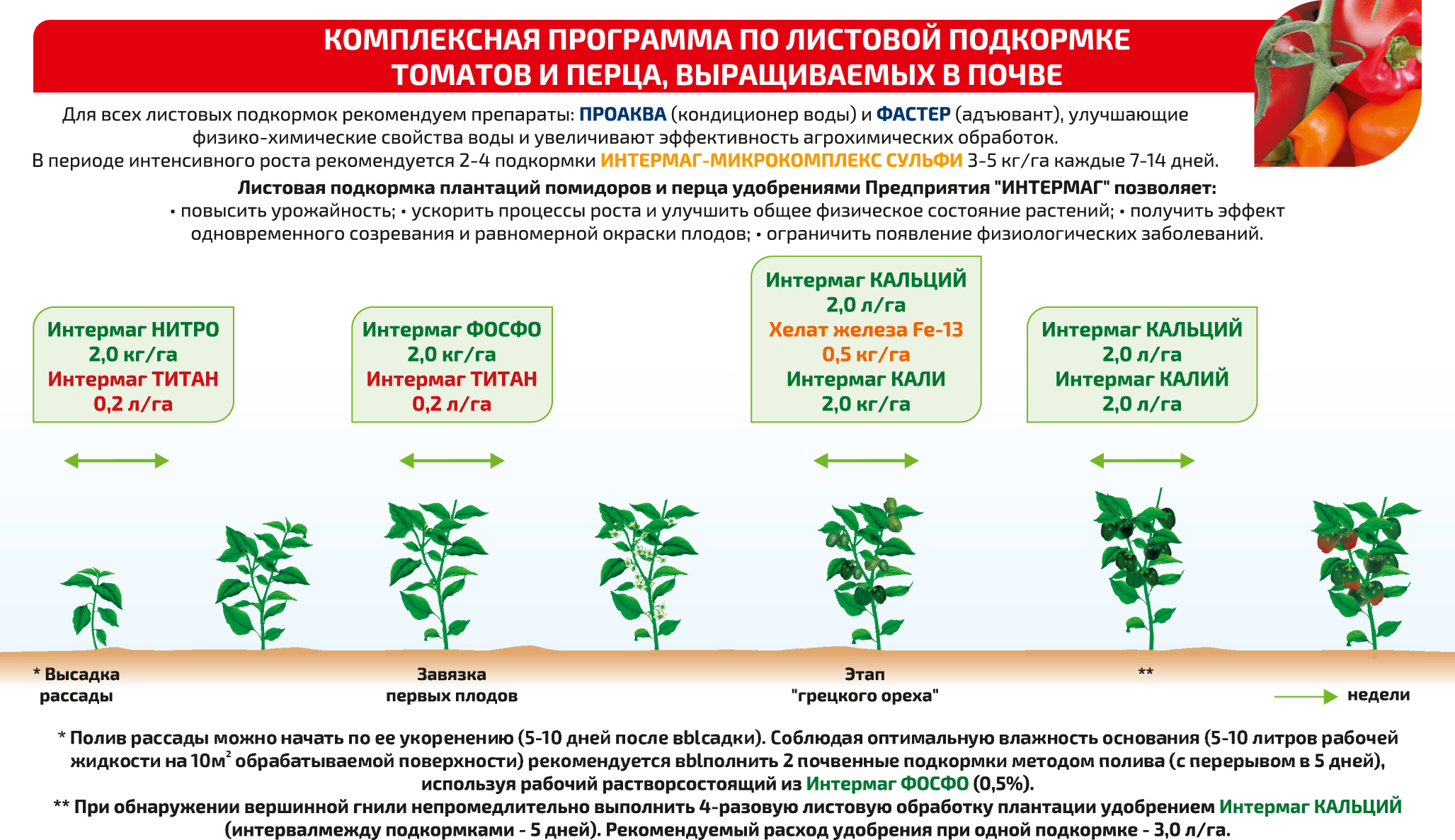
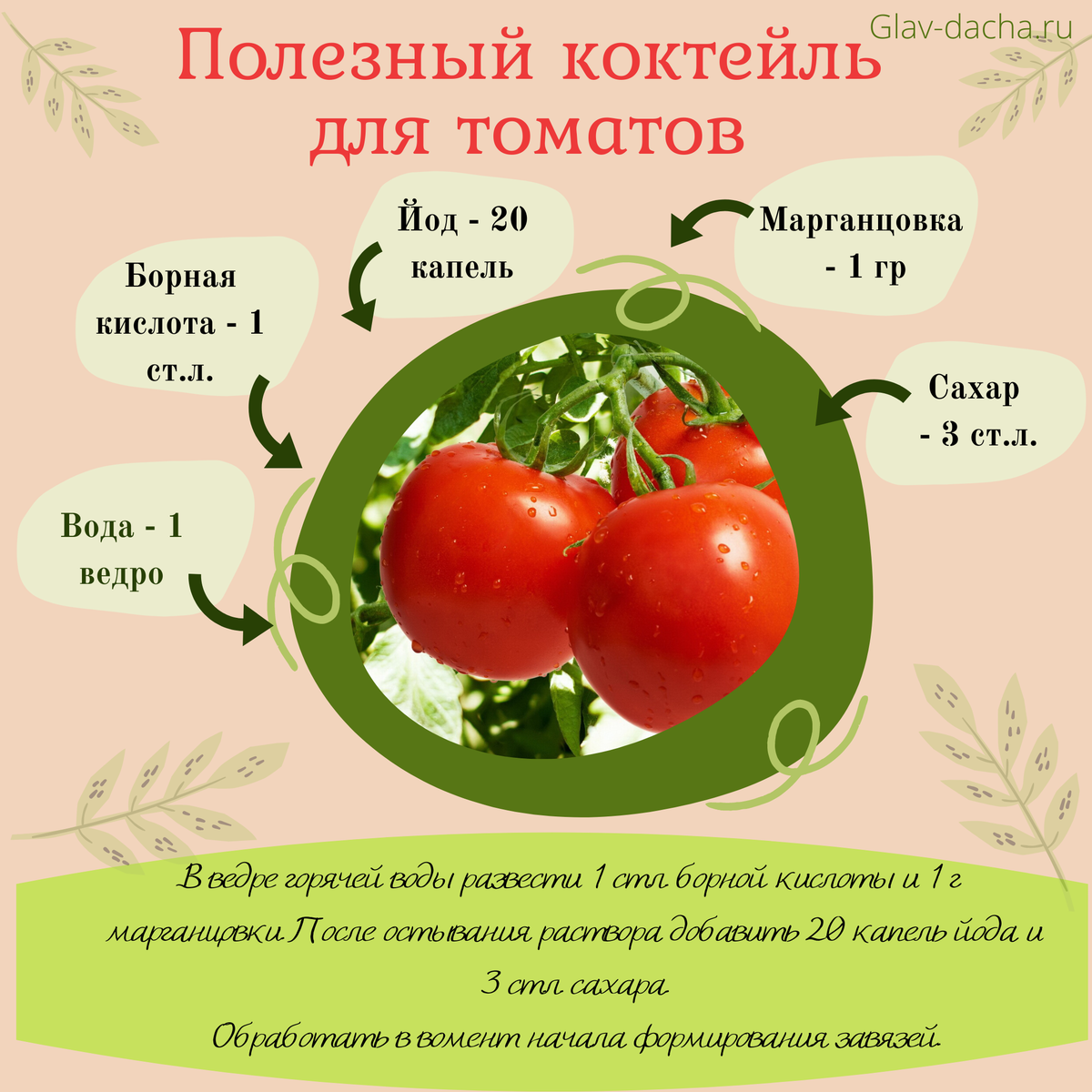
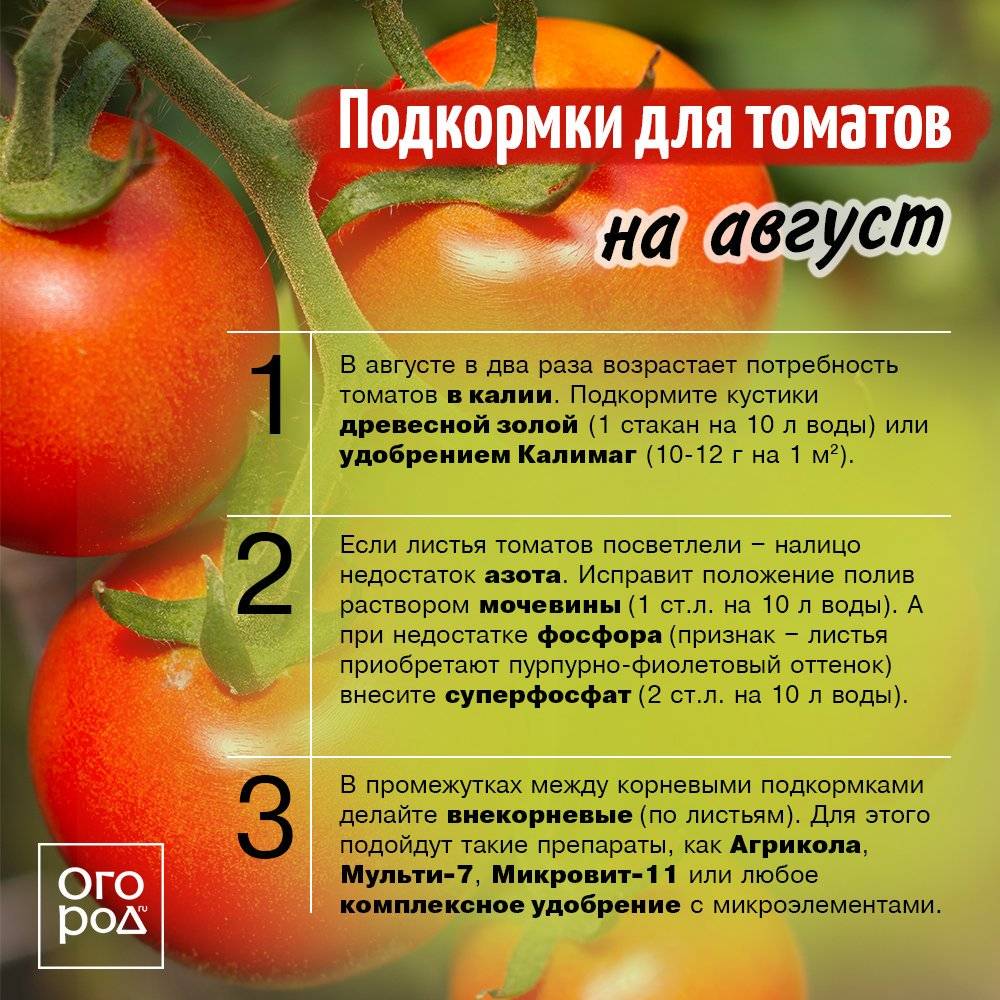

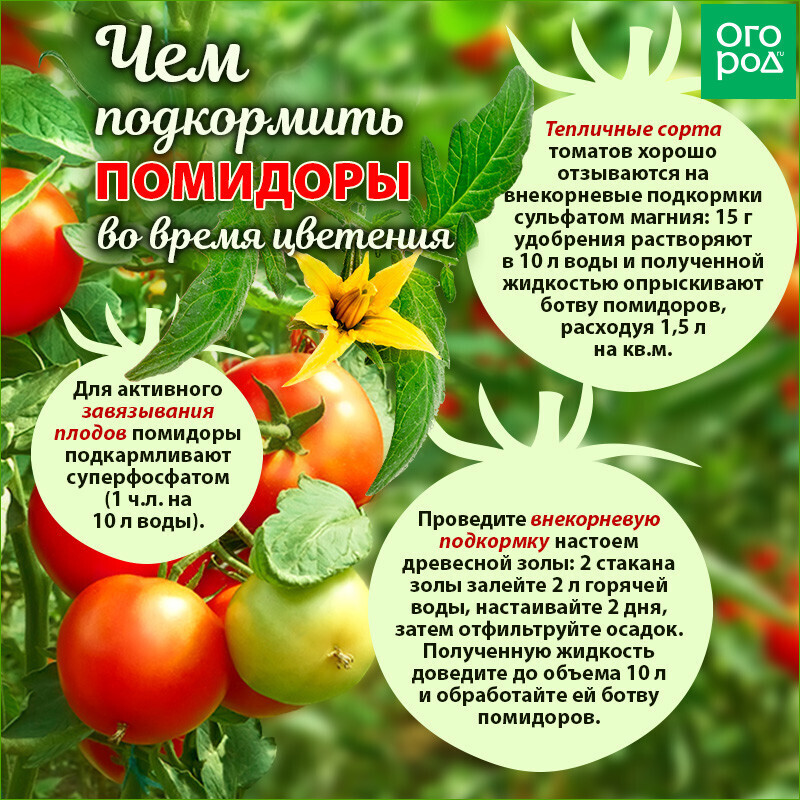
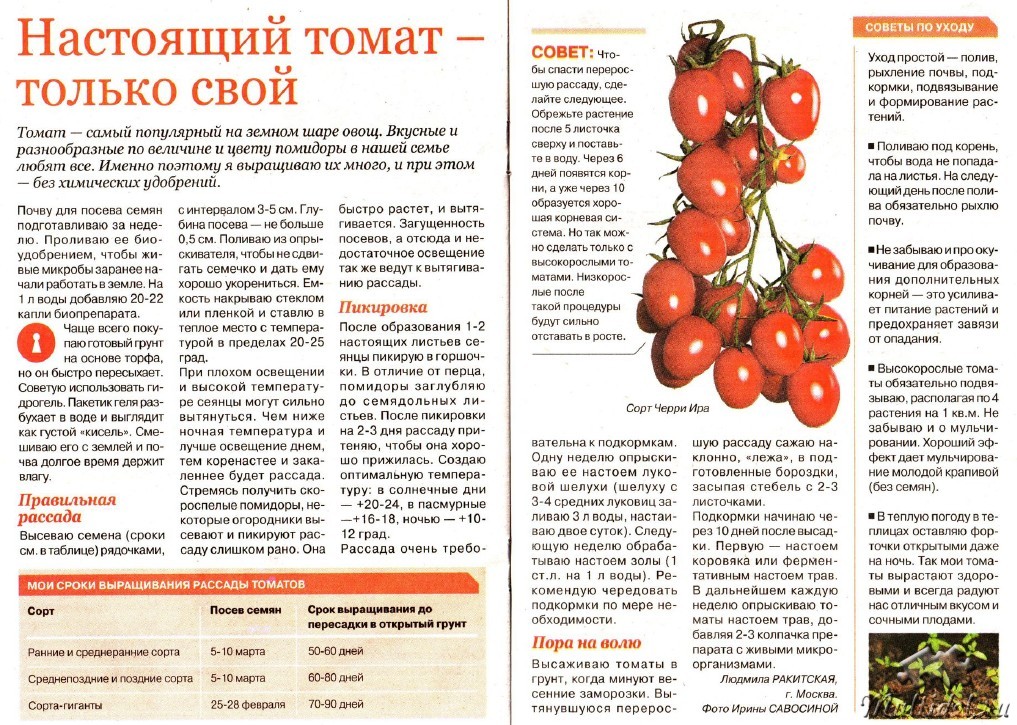
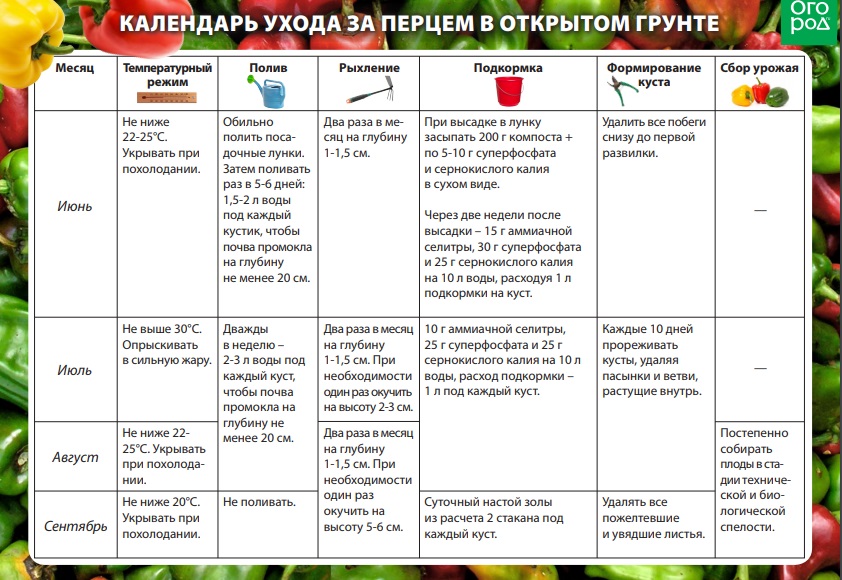
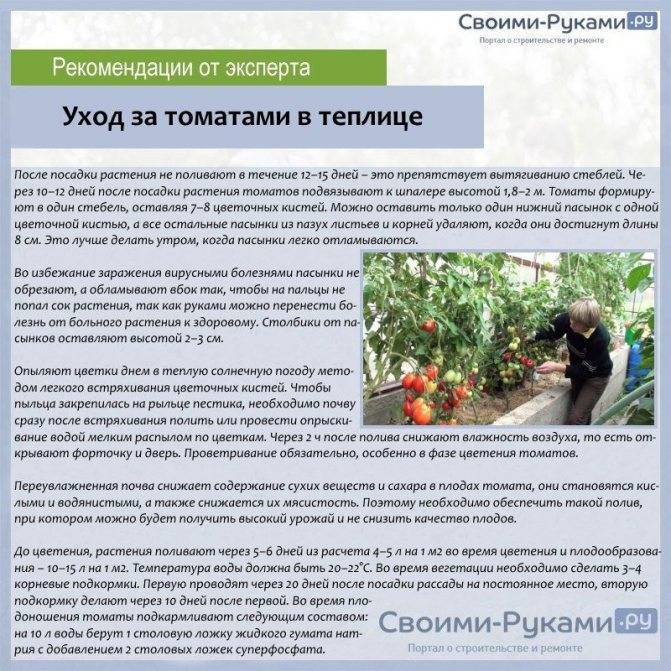
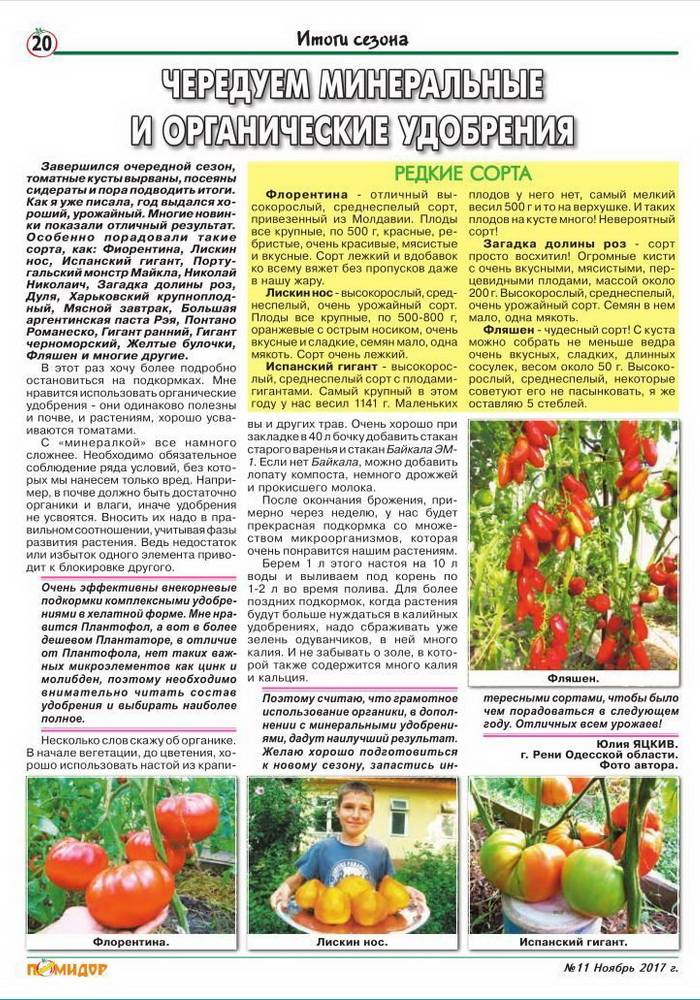
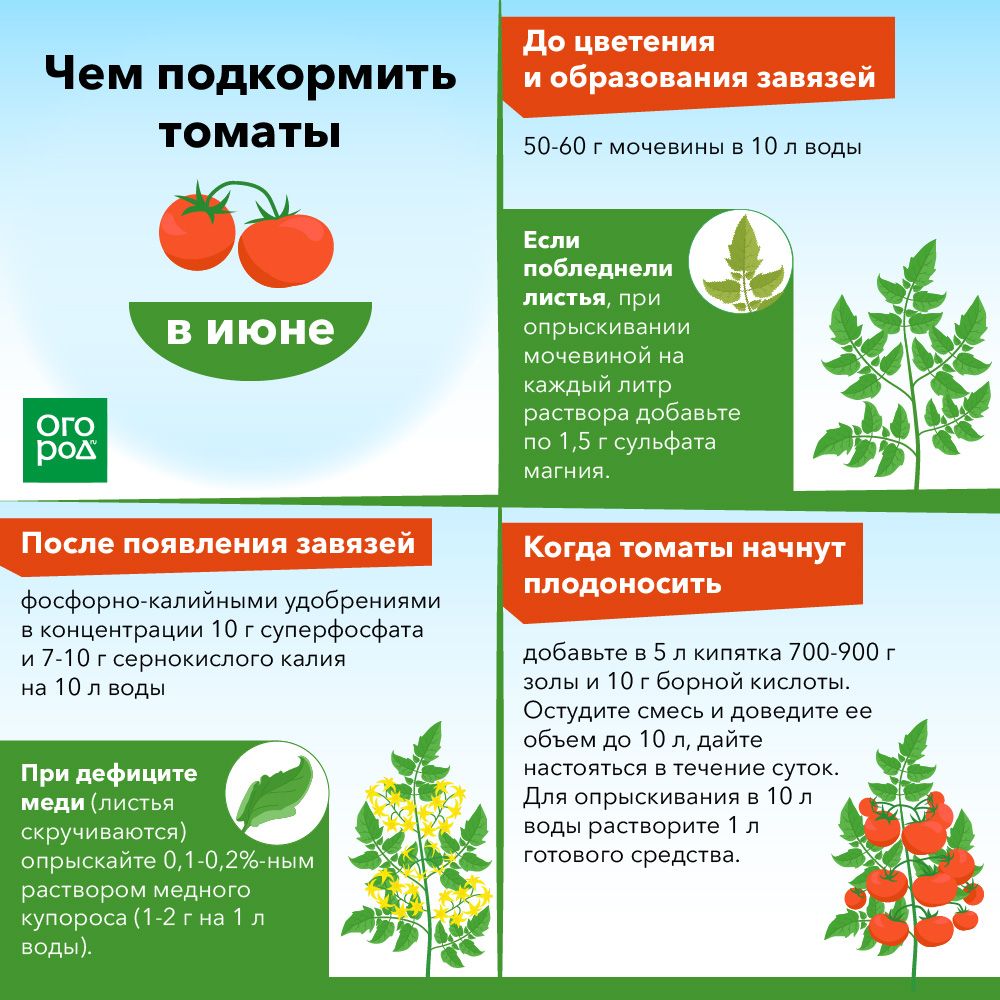
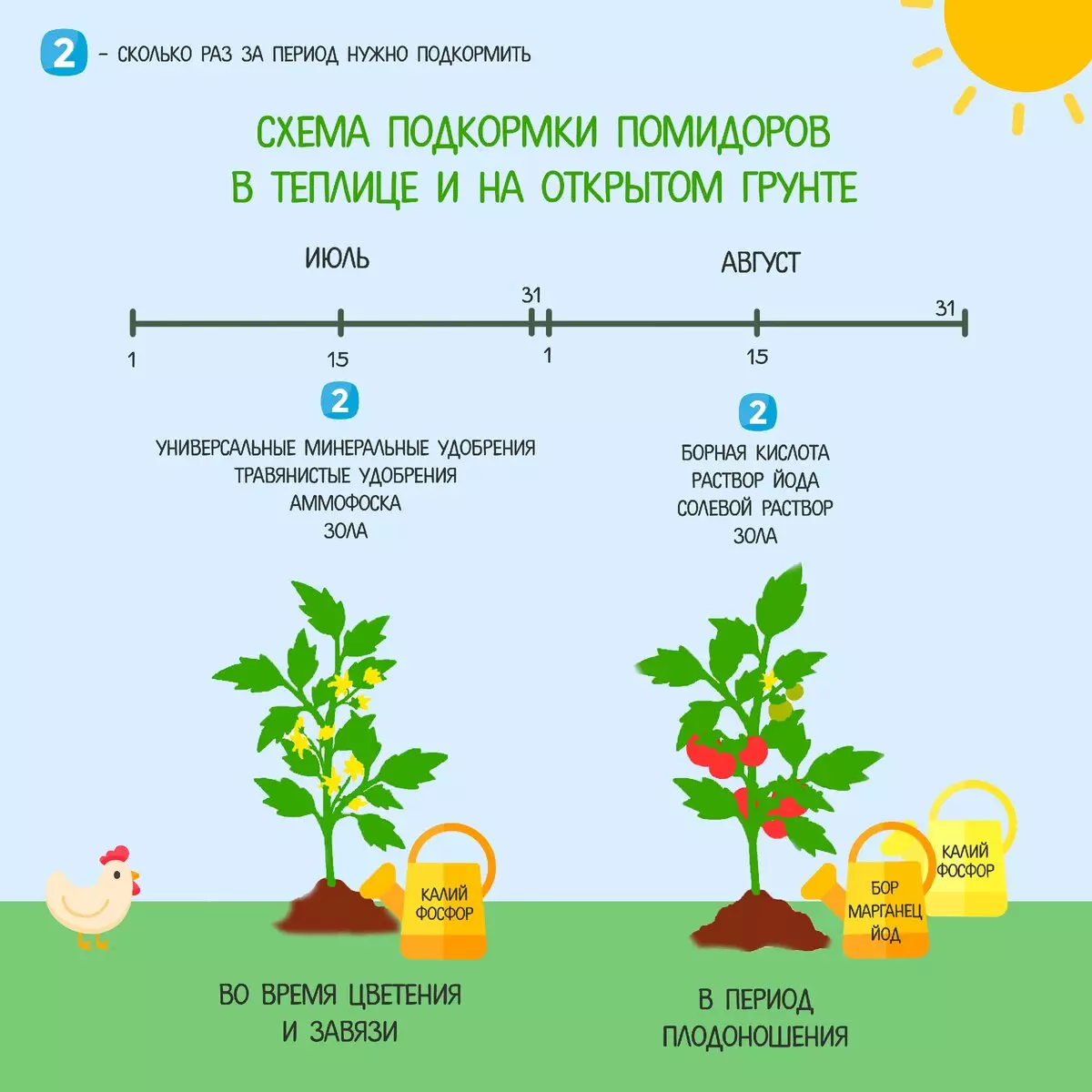
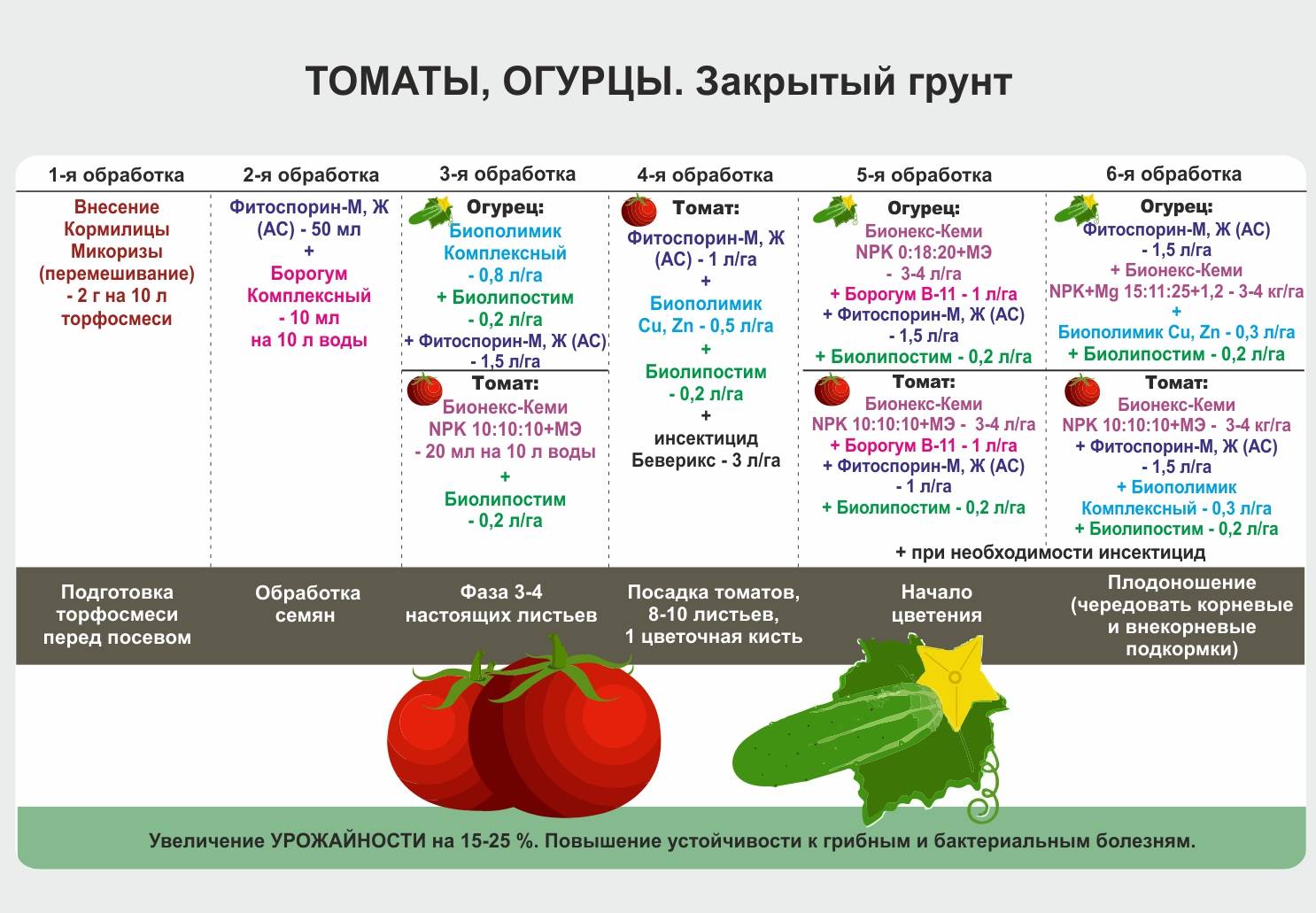



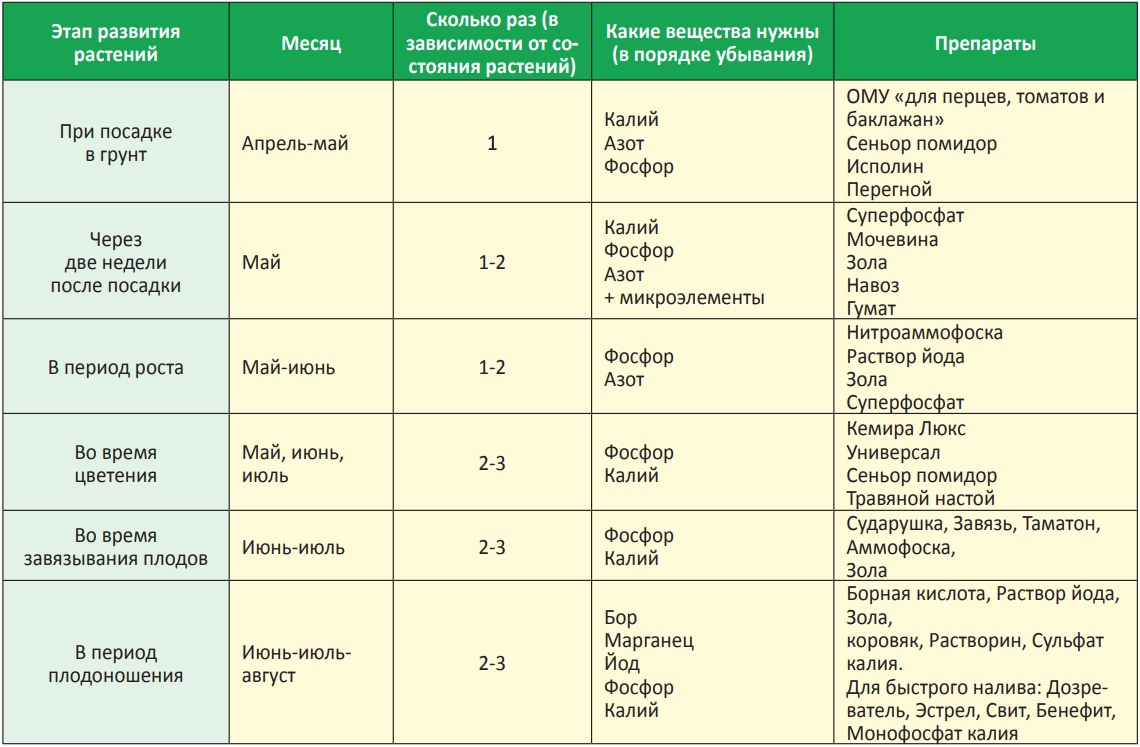
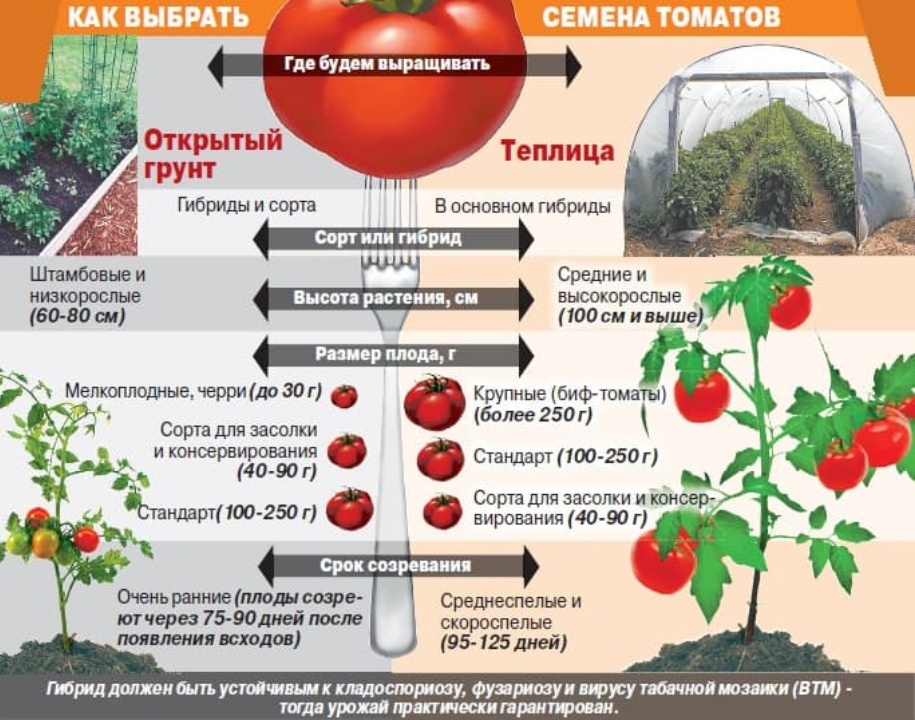


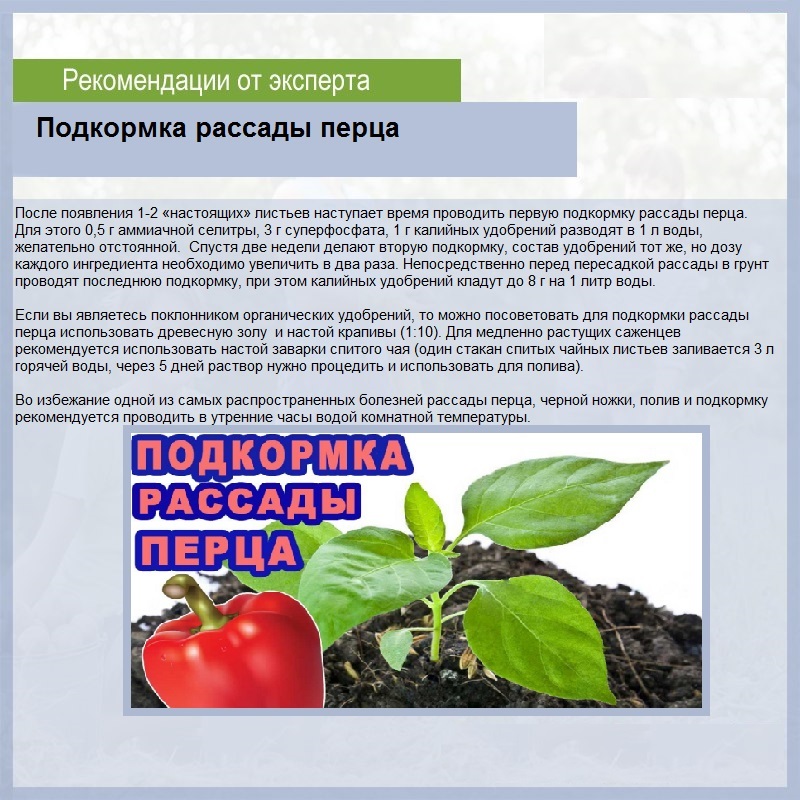
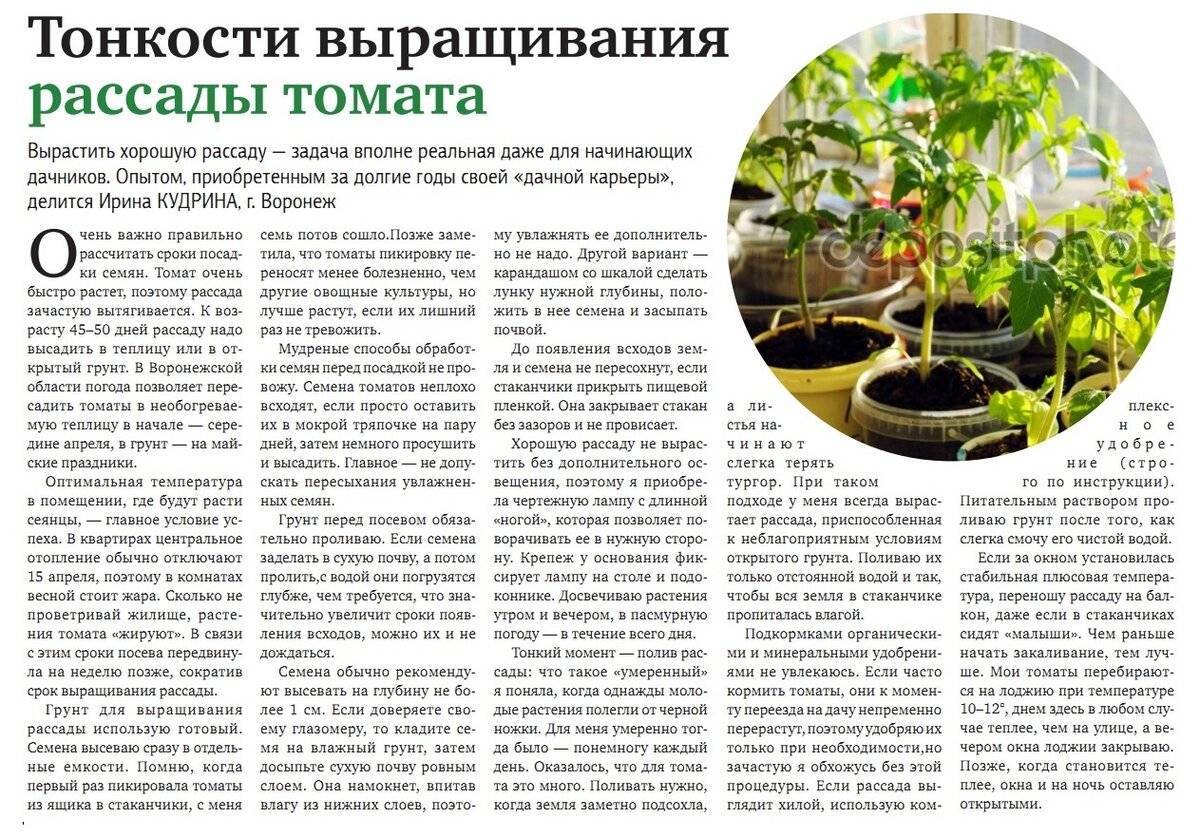
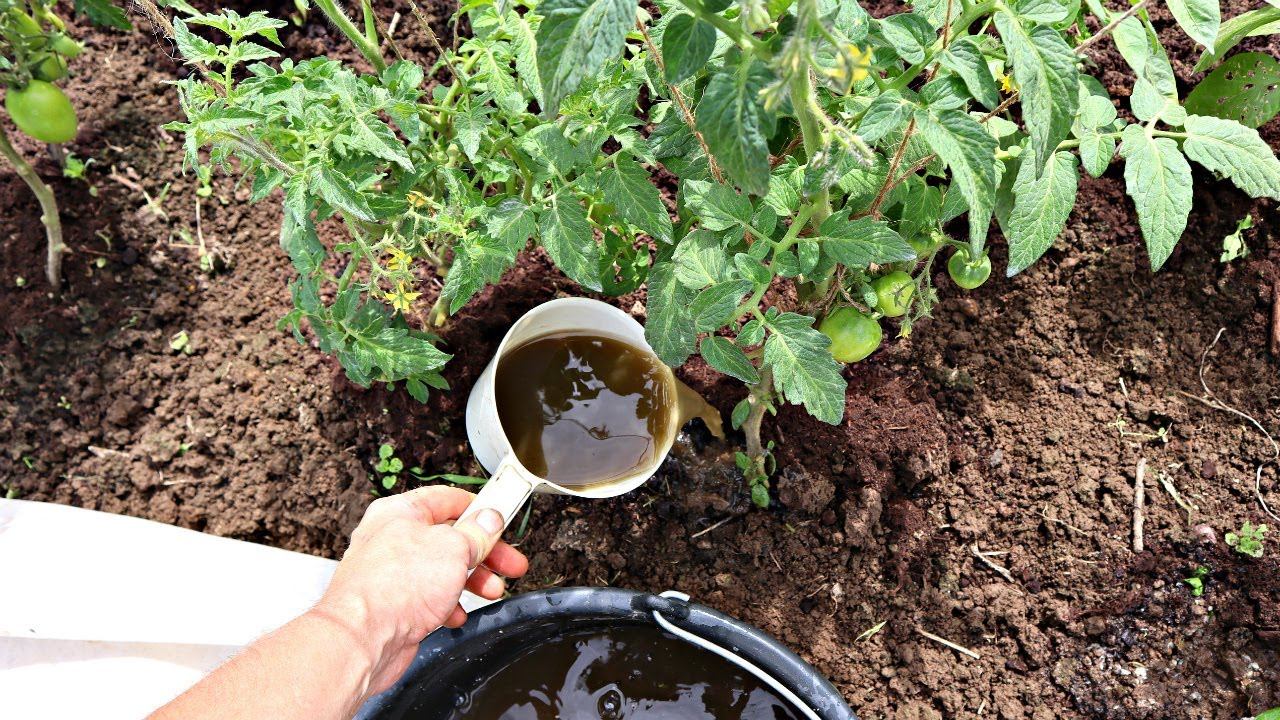
Оставьте комментарий